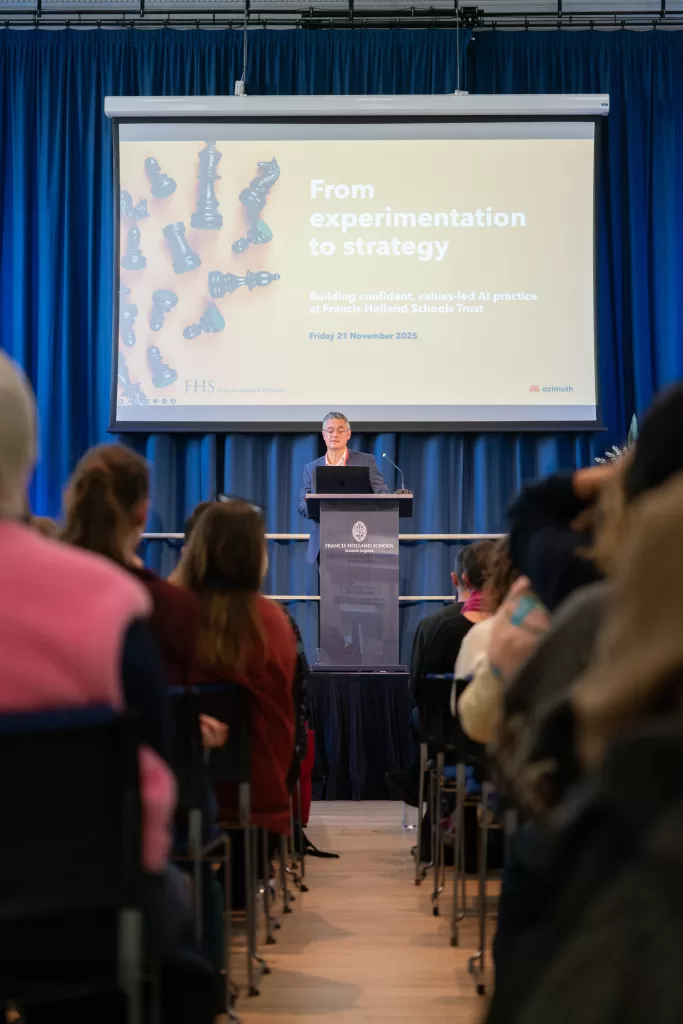
What Schools Get Wrong About Digital Strategy And How To Put It Right
Too often, schools treat technology and teaching as parallel tracks. But digital strategy isn’t about devices — it’s about designing the conditions in which great teaching thrives. Earlier this week,…





